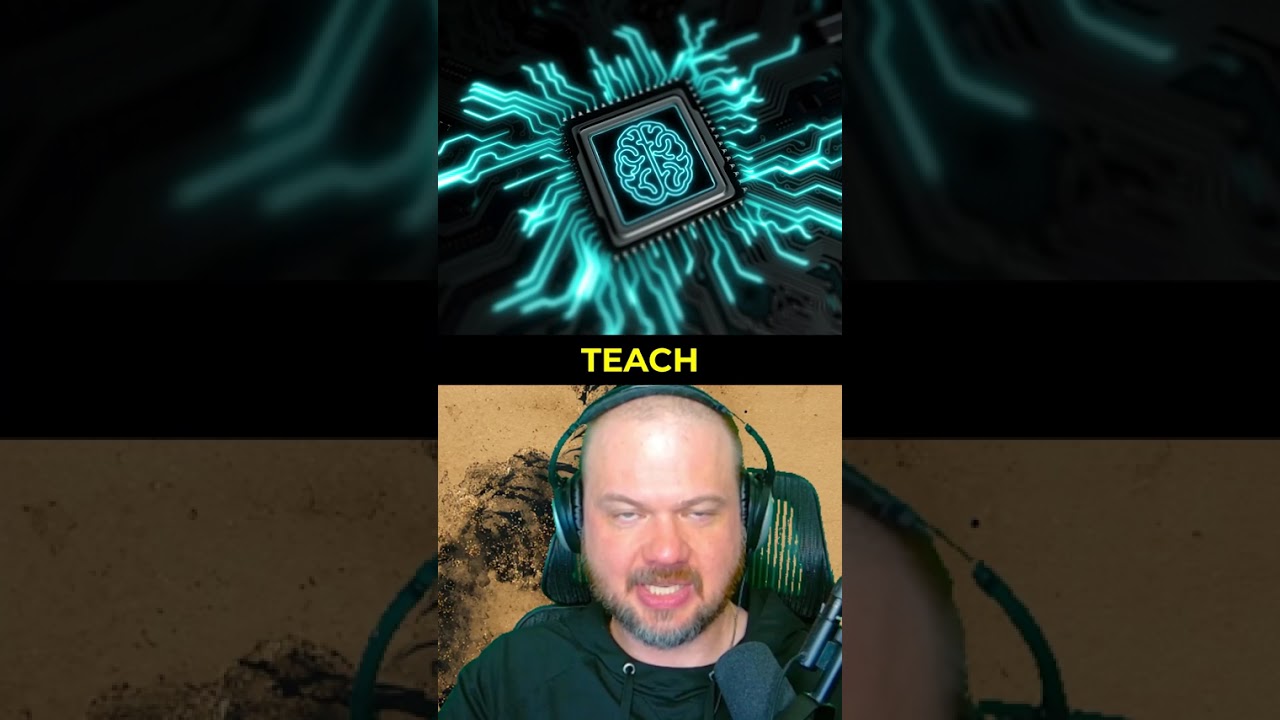The video explains a new “learn-to-teach” reinforcement learning approach where smaller, efficient models are used as teachers to generate high-quality training data for students, improving learning outcomes and reducing costs. This method challenges the traditional reliance on large, resource-intensive models, potentially enabling faster, more accessible AI development on consumer hardware.
The video discusses a new approach in reinforcement learning (RL) where the traditional method of teaching AI models is flipped. Typically, RL involves rewarding an AI for performing well, encouraging it to repeat successful behaviors. This process emphasizes teaching the AI through solving tasks and reinforcing positive outcomes over time. It has been a foundational method for training intelligent systems.
However, the recent paper introduces a different perspective known as the learn-to-teach approach. Instead of directly training models to solve problems, this method focuses on developing models that can effectively teach other models. The idea is to create “teacher” models that generate high-quality training materials, which are then used to train “student” models, leading to improved learning efficiency.
One challenge with this approach has traditionally been the need for large, sophisticated models that are expensive and resource-intensive to operate. These powerful models are capable of producing excellent training data but are often impractical for widespread use due to their size and computational costs. This has limited the accessibility and speed of developing advanced AI systems using traditional RL methods.
The paper suggests that smaller, more efficient models can serve effectively as teachers, producing training data that still enables the student models to develop strong reasoning skills. Remarkably, these compact teacher models outperform much larger language models when it comes to teaching reasoning abilities. This finding points toward a more affordable, faster, and scalable way to enhance AI training processes.
In summary, this innovative learn-to-teach paradigm has the potential to revolutionize AI training by making it more cost-effective and accessible. It opens the possibility of running advanced AI models on consumer-grade hardware due to their reduced size and expense. Overall, this approach could dramatically accelerate progress in AI development while decreasing the resource requirements traditionally associated with training powerful models.
